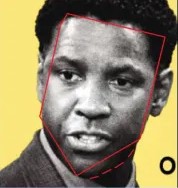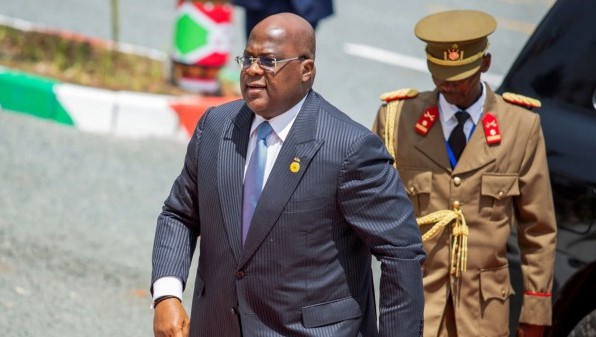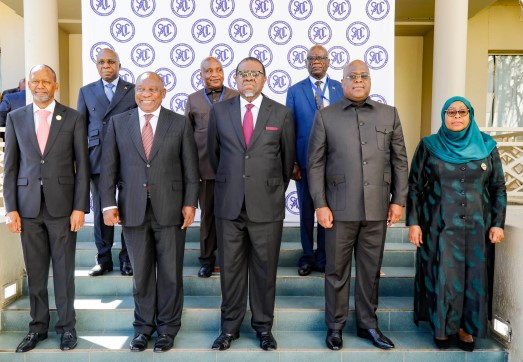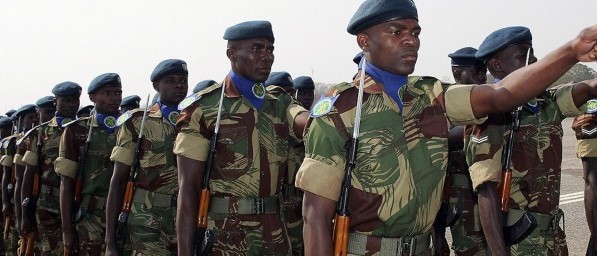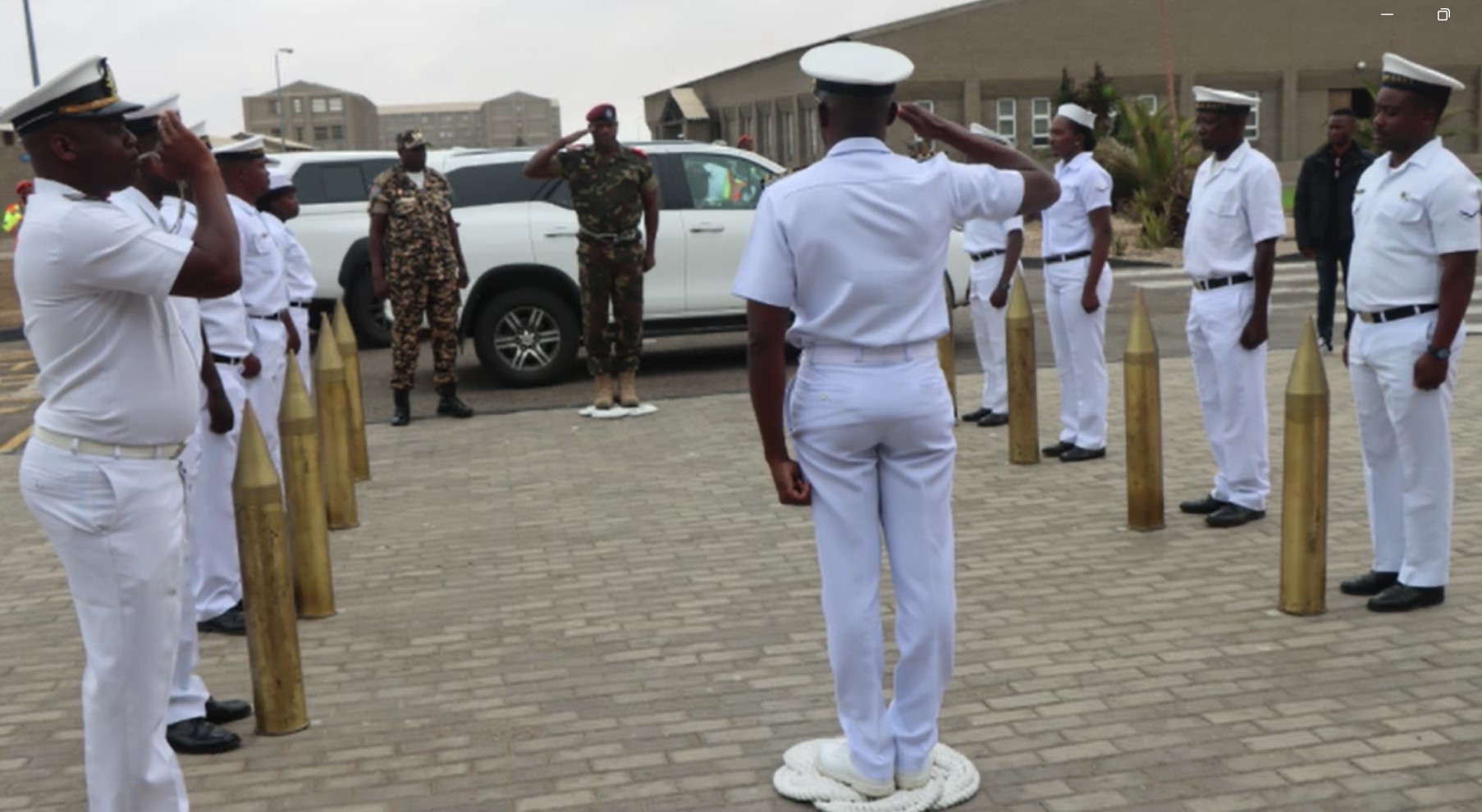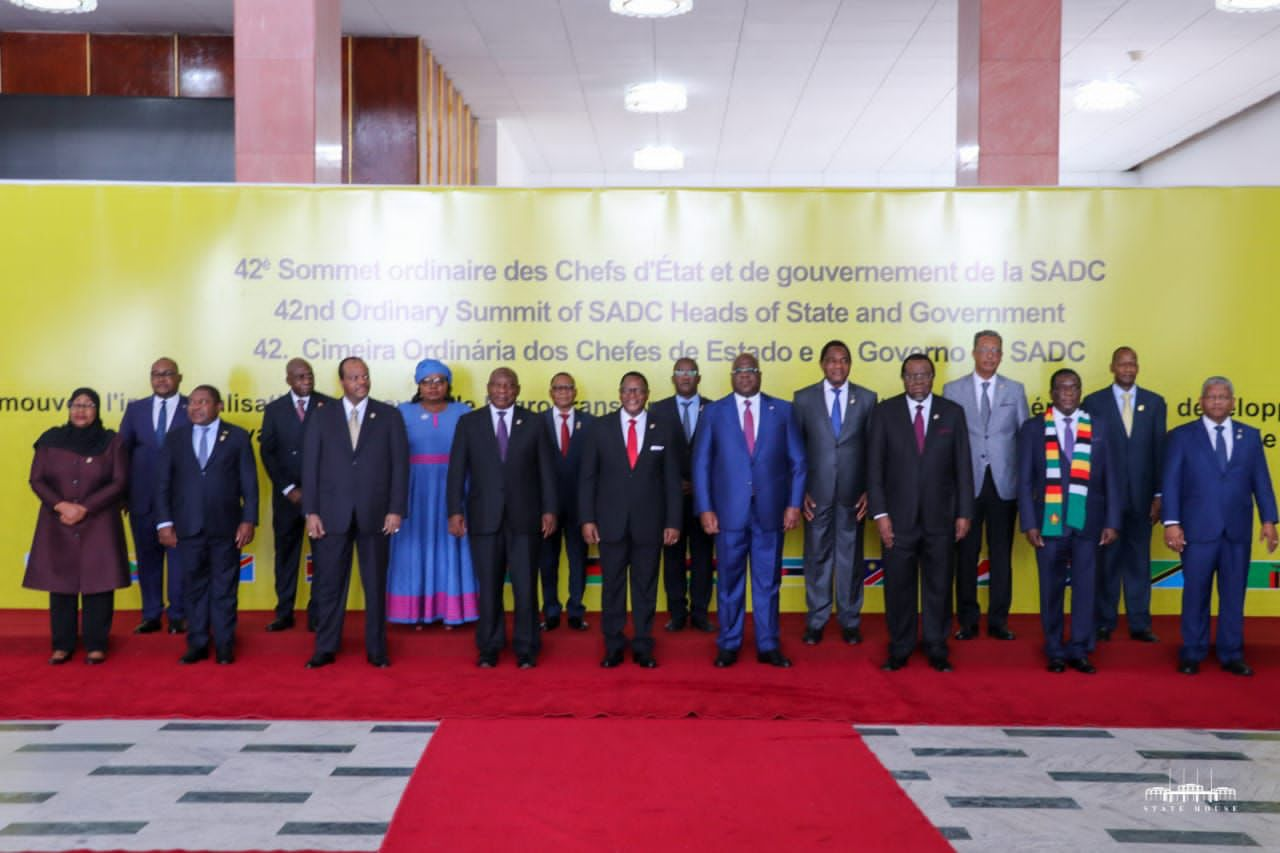Regional
Replacing EACRF with SADC troops will worsen bad situation
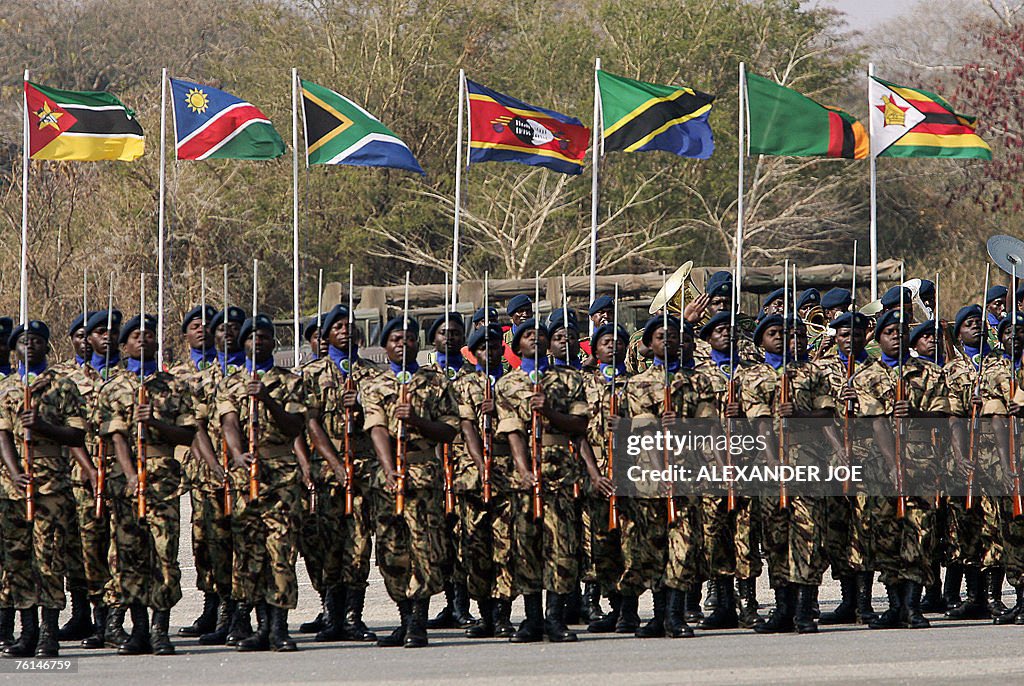
The
South African Development Community (SADC) in May approved the deployment of
troops to the Democratic Republic of Congo (DRC) as a regional response to help
restore peace and security in the east of the country.
The
decision followed an extra-ordinary summit of the SADC leaders that approved
the deployment of the SADC Standby Force to eastern DRC.
Few
hours after the summit, Congolese President Felix Tshisekedi, while in
Gaborone, Botswana, declared that the East African Community Regional Force
(EACRF) will have to leave his country definitively.
In
November 2022, the EAC force was deployed to occupy localities which M23 had
withdrawn from in accordance with the Luanda peace process. But Tshisekedi
wanted the force to attack the rebel group to satisfy his cruel wishes.
Tshisekedi
criticized the EAC Regional Force, accusing it of cohabiting with the M23
rebels.
Tshisekedi
has actively worked to eliminate any opposition within his country that has
resisted his call to massacre the M23 rebels and their civilian community.
His
focus is on establishing a strong offensive force, disregarding the political
dialogue proposed by EAC leaders to resolve conflicts in eastern DRC.
By
dismissing political dialogues, Tshisekedi has now pinned his hopes on SADC,
citing the alleged success of the Force Intervention Brigade (FIB) from the
SADC region in the 2013 battle against the M23 rebel group.
However,
it is clear that FIB's victory did not translate into an overall success.
A
decade after the defeat of the M23, the issue has resurfaced, underscoring the
fact that the fundamental cause of the problem was never adequately
acknowledged, analyzed, or effectively addressed.
As a
result, the rebels continue to grapple with an ongoing existential threat and
they continue to fight to defend the rights of their persecuted community.
The
Congolese government, on the other hand, continues to hoodwink the world into
believing that the rebels are not Congolese nationals with legitimate rights to
security and citizenship.
For
the SADC force, the primary mission would be to attack the M23.
The
danger is that this mission tends to concentrate on the supposed danger posed
by M23 and disregards the armed groups exceeding 260, operating in eastern DRC.
Further,
it tends to accommodate other armed groups that commit atrocities against
civilians.
SADC under
the banner of the Congolese national army, will end up working as FARDC where in
countering M23 attacks, the army has co-opted foreign and local militias,
providing them with guns and ammunition, which has proved to escalate the violence.
The
SADC mission in the DRC will end up being trapped in the Congolese army’s
approach.
This
would be dangerous for the stability of the region. Some of these local and
foreign militias vowed to wipe out ethnic communities whom they claim are not
real Congolese.
Eastern
DRC hosts over 260 armed groups. Focusing solely on the M23 allows other groups
to exploit the situation in their illicit activities and provides additional
time for the rise of new ones.
Evidently,
this approach is unlikely to bring about stability.
SADC
should choose peace over war and not initiate war against the M23 as per Tshisekedi's
desire.
The
SADC deployment risks repeating past mistakes if it prioritizes military action
over political dialogue, as advocated by Tshisekedi.
The warmongering approach will lead to similar pitfalls as has happened before.


